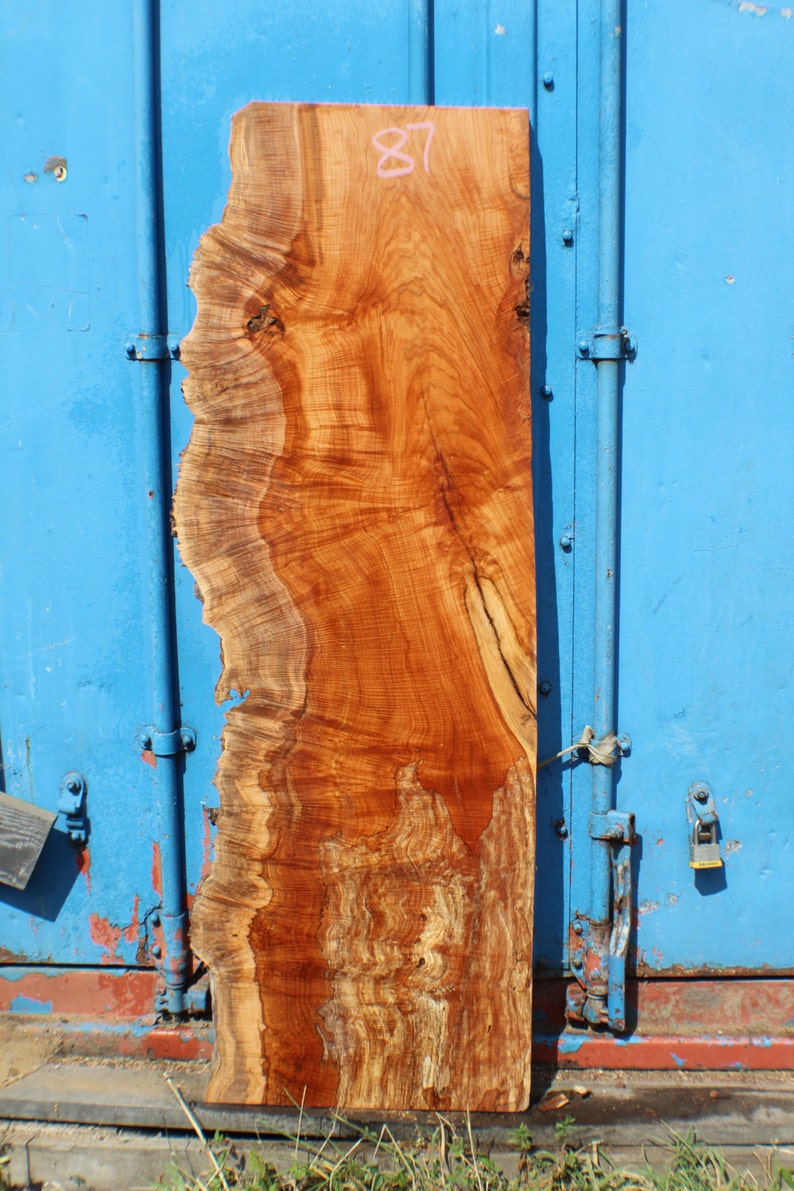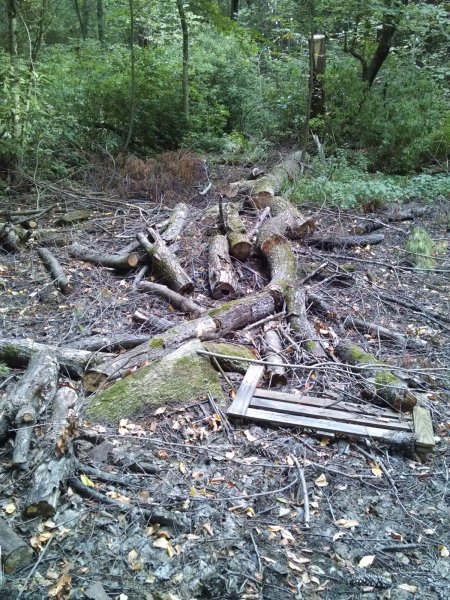
(It takes all the containers of sap in this photo to make about one container of maple syrup!) (In order to legally be considered maple syrup, that sugar content number is 66%-or, in syrup maker lingo, 66☋rix.) This extra boiling time can result in a thicker, darker and stronger syrup flavour. This means the sap potentially boils for much longer to reach the appropriate sugar content level to be considered maple syrup. But in the West, we tap bigleaf maples, which have a significantly lower sugar percentage at 1–2 %, or up to 80 litres of sap for one litre of syrup. This means it takes about 40 litres of sap to make one litre of syrup. The maples in the East, where we get the majority of our maple syrup from, are sugar maples, and the sugar content of their sap is up to about 4%. This is because of the types of maple trees used. While this sap may look like water, each drop is precious, as it takes a lot of sap to make West Coast maple syrup. Between my in-laws, my husband and I, we hop on quads and cruise around the woods through mud, snow, rain and sunshine, collecting the water-like liquid (literally, it just looks and tastes like water at this point) to bring it back to our “sugar shack.” Depending on the weather, some days provide little to no sap, while other days can offer up to 16 litres or more per tree. Because each day from here to the end of the season, we check the buckets to ensure they don’t overflow. In my opinion, this is the easiest part of making maple syrup. This tapping process is repeated a couple of times throughout the season, as the holes slowly grow over. We drill two inches into the trees at a slight upward angle, then push in a tap with a small hose that leads to a container.

Over the years, this hobby morphed into a full-fledged business, so now, every January, we head into the woods laden with drills, taps, hoses and buckets. But after my prairie-born self married my Island-grown husband and we moved to the Comox Valley, it wasn’t long before he was pulling out taps and tubes and buckets and indoctrinating me into the ways of making maple syrup on the West Coast. If you’re like me, you might not have previously known there was a burgeoning maple syrup industry on Vancouver Island. It’s the beginning of maple syrup season, and I’m wandering around my husband’s parents’ acres of wooded forest, tapping hundreds of bigleaf maple trees. It does not store any personal data.It’s a crisp January day the frost is lingering on the trees and every step emits a satisfying crunching sound as puddles of ice break beneath my feet. The cookie is set by the GDPR Cookie Consent plugin and is used to store whether or not user has consented to the use of cookies. It works only in coordination with the primary cookie. Records the default button state of the corresponding category & the status of CCPA. The cookie is used to store the user consent for the cookies in the category "Performance". This cookie is set by GDPR Cookie Consent plugin. The cookie is used to store the user consent for the cookies in the category "Other. The cookies is used to store the user consent for the cookies in the category "Necessary".

The cookie is set by GDPR cookie consent to record the user consent for the cookies in the category "Functional". The cookie is used to store the user consent for the cookies in the category "Analytics". Set by the GDPR Cookie Consent plugin, this cookie is used to record the user consent for the cookies in the "Advertisement" category. This cookie is set by the Google recaptcha service to identify bots to protect the website against malicious spam attacks. These cookies ensure basic functionalities and security features of the website, anonymously.

Necessary cookies are absolutely essential for the website to function properly.


 0 kommentar(er)
0 kommentar(er)
